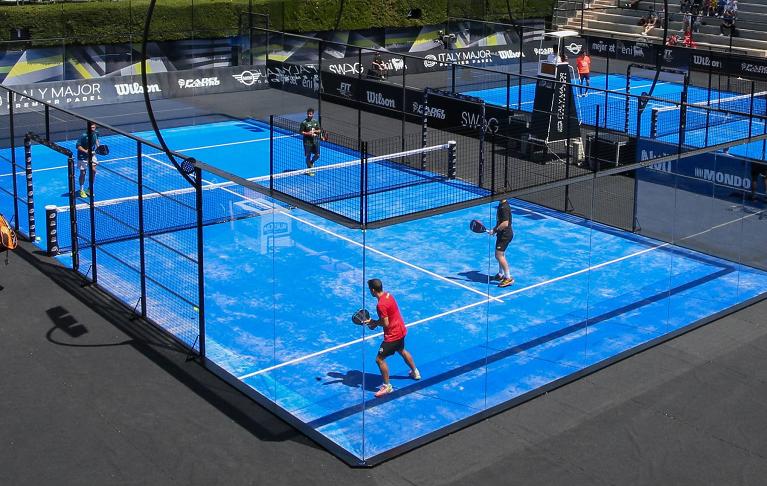

Building a Padel Court in China A Step Towards Popularizing the Sport
Padel, a racquet sport that combines elements of tennis and squash, is rapidly gaining popularity around the world. As it continues to expand, China is emerging as a promising market for padel. Building dedicated padel courts in the country could not only promote the sport but also foster a vibrant sporting culture. Here, we explore the components and advantages of constructing a padel court in China.
Understanding Padel
Padel is typically played in doubles on a court surrounded by walls, which allows for unique shot-making opportunities. The sport is accessible to players of all ages and skill levels, making it a fantastic option for recreational play and competitive tournaments. While the sport has its roots in Spain, its global appeal is evident, with countries like Mexico, Argentina, and Portugal embracing it wholeheartedly.
The Growing Interest in Padel in China
In recent years, China has witnessed a surge in interest in various sports, including racquet sports. With an increasing number of people seeking active lifestyles, padel presents a fresh alternative to traditional sports. The potential for growth in this sector is significant, especially considering the popularity of tennis and badminton in the region.
Steps to Build a Padel Court

1. Site Selection The first step in building a padel court is choosing an appropriate location. Urban areas with high foot traffic, such as sports complexes, parks, or recreational centers, are ideal. The site should be easily accessible to attract players.
2. Court Design and Dimensions A standard padel court measures 20 meters in length and 10 meters in width, enclosed by walls on all sides. The design can include features such as lighting for night play and seating areas for spectators. It's crucial to adhere to regulations and standards to ensure safety and functionality.
3. Construction Materials Selecting high-quality materials for the court is essential for durability and performance. The playing surface is typically made of artificial turf, which offers excellent grip and cushioning. Additionally, using resilient glass panels for the walls enhances visibility and adds to the aesthetic appeal.
4. Incorporating Amenities To create an inviting environment, consider adding amenities such as locker rooms, showers, and a café or lounge area. These features can enhance the overall experience for players and spectators alike.
5. Promotion and Marketing Once the court is complete, effective marketing strategies will be required to attract players. Hosting workshops, tournaments, and social events can help generate interest. Collaborating with local fitness influencers and sports clubs can further amplify outreach efforts.
Conclusion
Building a padel court in China is a strategic move that aligns with the growing enthusiasm for new sports. By creating a dedicated space for padel, we can encourage more individuals to participate while fostering a sense of community among players. As the sport continues to grow, it could potentially put China on the map as a key player in the global padel landscape. The time is ripe for investment in this exciting sport, which promises fun, fitness, and camaraderie.
High-Performance Industrial Flooring Solutions China Paddle Tennis Court for Sale
High-Performance Industrial Flooring Solutions Durable & Cost-Effective
Homogeneous Transparent Floor – Durable & Stylish Rubber Floor Solutions
Premium Homogeneous Transparent Floor for Durable & Stylish Spaces Rubber Floor Solutions
Premium Sports Floor Solutions Durable PVC Sports Floor & Rubber Floor for Gyms
Durable Rubber Composite Floor Premium Rubber Floor & Mats Solutions